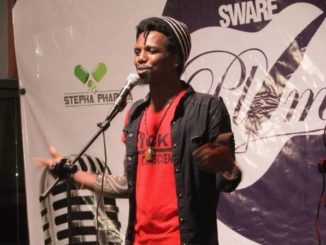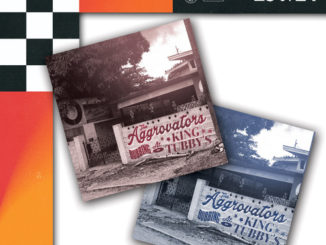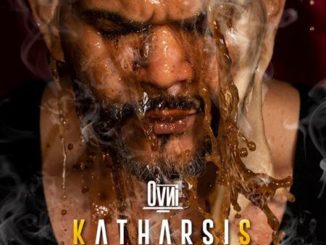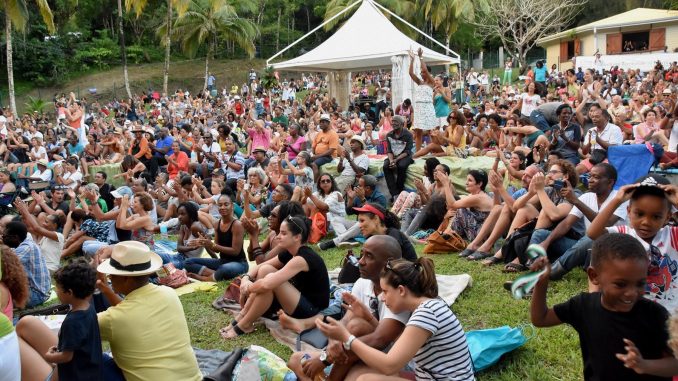
The 2016 vintage of the Martinique Jazz Festival, whose theme was “Rencontres Afrique-Amérique-Caraïbes” (Africa-America-Caribbean Meetings), succeeded in taking audiences across the five continents. Good source of discovery and quality, this festival which is organized by Tropiques Atrium once again brought together exceptional musicians, from the rising generation to that of the “monuments of jazz” (famous jazzmen). By counting the educational workshops, the school sessions and the performances inside and outside the walls, some 26 concerts were offered to an audience that answered massively present.
Interview with the artistic director of the festival, Frédéric Thaly.
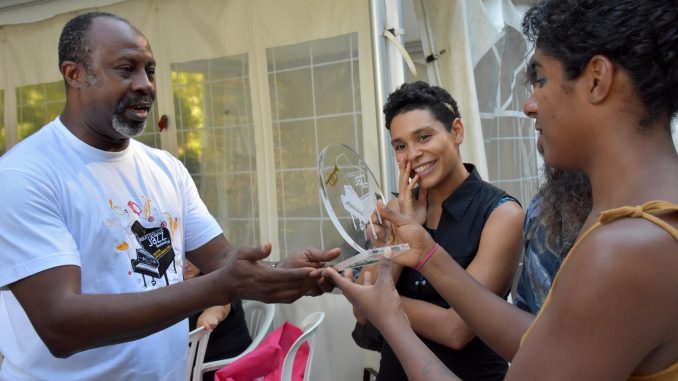
KARICULTURE.NET : How was the Martinique Jazz Festival born?
Frédéric Thaly : The festival was born in 1983 on the initiative of the CMAC (Centre martiniquais d’action culturelle / Martinican Center of Cultural Action). Since its creation in 1974, the CMAC has marked out its seasonal programming with high points : Carrefour des Guitares, the jazz festival, the theater meetings, Biennale de la Danse and later the cinema meetings. In this land of Martinique, a region which contributed significantly to promote jazz, we wanted to make a unifying event for the local audience, to highlight the local artists and to offer international musicians to the audience.
KARICULTURE.NET : Why a Jazz Festival?
F. T. : Martinique’s musical history witnessed several trends. There is a strong trend : beyond traditional musics, popular musics, Martinique listens to jazz but it also has jazz musicians, and this, since the “good years” of the city of Saint Pierre.
If we look at the jazz history in Martinique, from biguine and biguine-jazz, there was always a continuum of musicians who were big names, starting with Marius Cultier or Bibi Louison for example. Then, there was a second generation with the Bernard Brothers who, on returning from Paris, founded the Fal Frett group. Then, a 3rd generation emerged with Ronald Tulle, Mario Canonge or Gilles Rosine and today, because of this continuum, we have jazzmen who are about thirty years old like Arnaud Dolmen or Gregory Privat who have international fame. Finally, musicians of the new generation like Tilo Bertholo, Marc Cabrera or Xavier Belin are under thirty. It just shows that, with regard to audiences and filiation, and with the new music sections in the high schools and middle schools, there are always musicians who arrive. For us, this festival was meaningful and it still is.
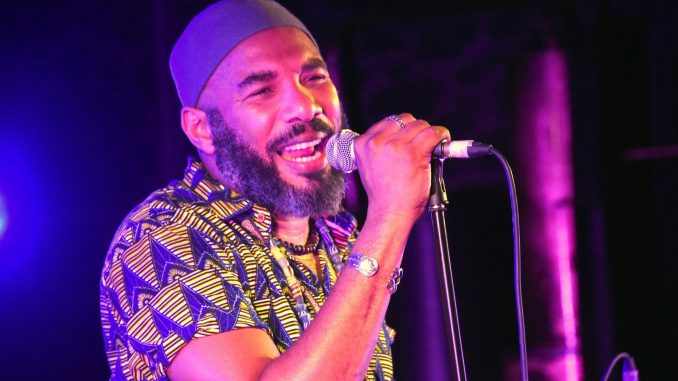
KARICULTURE.NET : What were the highlights of this edition?
F. T. : We received a real life lesson from Randy Weston (90-years-old), who was recently honored at Harvard. He invited saxophonist Luther François and he found time, after his concert to speak, to make photos and dedications with his audience. Personally, I think that Anthony Joseph’s concert, with its “Caribbean Roots” which mixes all the Caribbean musics in this symbolic place, the Saint James Museum, was a great moment. Leyla McCalla, with her acoustic trio, revisited her Haitian heritage by mixing it with influences from Louisiana and it was also a great time. A little wink from the artist to Martinique : the performance of the song “Abandon” by Loulou Boislaville. Every evening was a trip, there was something for everyone.
KARICULTURE.NET : What is the result of this event for this year?
F. T. : We do not yet have the figures but we know, for example, that at De la Pagerie Museum, with thirty-year-old musicians who were unknown to the audience and with the support of the Territorial Collectivity of Martinique, we had practically twice the number we did last year, about 2 500 people in a competitive period. But the figures are absolute values that must always be estimated according to a program, a background… If we do not promote new artists, if we do not highlight our young musicians so that they become examples for the others, who will do it? The festival must also be useful for our teams, must be a showcase for our expertise. We have a public service task and, for us, it is a set of elements that allows us to obtain a global assessement of the festival.
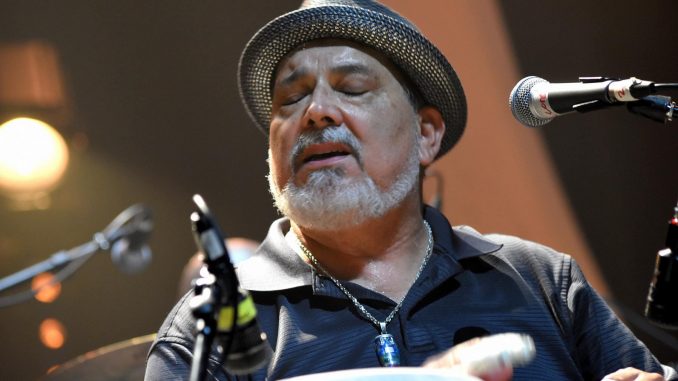
KARICULTURE.NET : What are the possible improvements to be made?
F. T. : We want to improve our communication, especially on social networks. We will try to take inspiration from the things that work, to try to find patrons and sponsors because we have hardly any, and then we would also like to work more in synergy with other local actors. In order that this festival really becomes the Martinique Jazz Festival, it is necessary that each one in his duties does what it is necessary to develop it, to give it a Martinican scale, like the Festival Terre de Blues for example. Whether for Fort-de-France Festival, Biguine-Jazz Festival or Lamentin-Jazz Project, we need to know how to move them to another level of visibility on the entire island and internationally. It requires that at some point the country stops and decides a number of strategic choices (tourist office, travel agencies, airlines, etc.). As a cultural operator, we have the task of continuing to develop it and we hope to move on to the next level, one day.
KARICULTURE.NET : Can you tell us about your plans for the next edition?
F. T. : Not yet … but next year it will be the 100th anniversary of jazz so we will try to make a jazz celebration in its diversity, to make a family tree with all its roots. It is, universally, one of the last major forms of expression created, just like steel pan is the last instrument that was created. As Wynton Marsalis would say, “it’s our black classical music”.

